Latest Posts
Difference between USB 2.0 and USB 3.0
The standard A-type interface of USB 3.0 is backward compatible with USB 2.0/1.1, and their sizes are consistent. But the two interfaces are very distinguishable by observing the color. In order to distinguish from USB 2.0, USB 3.0 Primoter Group recommends that USB 3.0 interface is made up of blue base, so we can distinguish it from color; another more cautious method is observing the contact. USB 2.0 only has 4pin metal contacts, while USB 3.0 is 9pin where the front 4pin is as same as USB 2.0 but the rear 5pin is exclusive. As for the B-type interface of USB 3.0, it is better to distinguish. The size in USB 3.0 standard B-type interface is larger than that of USB 2.0. Its upper part is more prominent in order to accommodate the new 5pin contacts. Taking the identity of USB 3.0 as example below, “SS” represents “SuperSpeed” which can be found in the interface of USB 3.0. In addition, USB 3.0 cable is slightly thicker than that of USB 2.0 due to the additional lines.
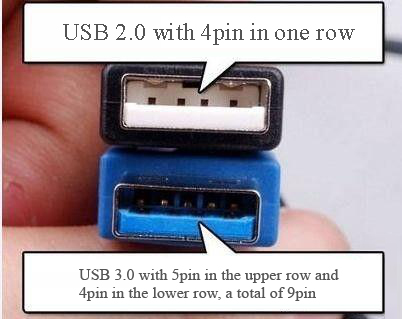
1. Transfer Performance
| Parameter | USB 2.0 | USB 3.0 |
| Theoretical Bandwidth | 480 Mbps (High-Speed) | 5 Gbps (SuperSpeed) |
| Real-World Transfer Efficiency | 30-40 MB/s | 300-400 MB/s |
*Note: USB 3.0’s theoretical speed is over 10 times faster than USB 2.0, but actual performance is limited by the storage medium (e.g., flash memory speed in USB drives).
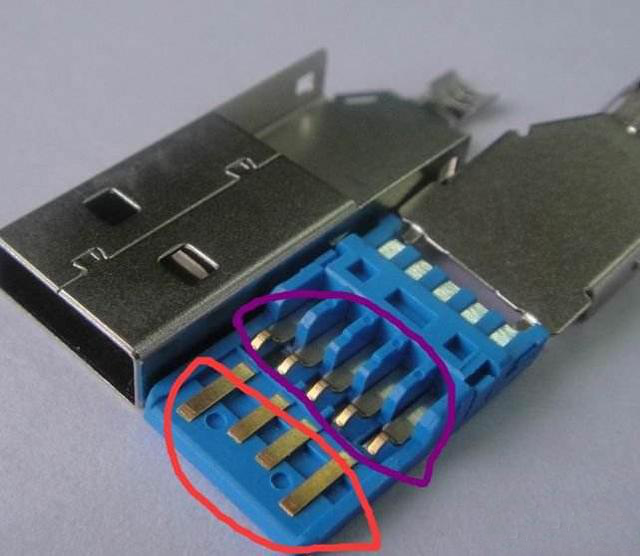
2. Power Delivery: Voltage, Current, and Device Compatibility
Power Specifications
| Parameter | USB 2.0 | USB 3.0 |
| Standard Power | 5V ±5% / 500mA (2.5W) | 5V ±5% / 900mA (4.5W) |
| Charging Modes | BC 1.2 (up to 1.5A) | USB PD (optional higher power) |
| Typical Use Cases | Keyboards, mice, low-power devices | External HDDs SSDs, 4K webcams |
Symptoms of Insufficient Power
USB 2.0
- Standard Power: 5V/500mA (2.5W)
- Limitations: Unable to power high-consumption peripherals (e.g., mechanical external hard drives), prone to device malfunctions due to insufficient power.
USB 3.0
- Enhanced Power: 5V/900mA (4.5W)
- Advantages: Supports stable operation of high-capacity external hard drives and reduces the risk of device damage caused by insufficient power.

3. Interface Design: Physical Structure and Compatibility
Type-A Interface (Standard Rectangular Port)
1. Physical Identification
- Colour Coding:
- USB 2.0: Black/white plastic base (no universal standard).
- USB 3.0: Blue plastic base (industry-standard identifier).
- Pin Configuration:
- USB 2.0: 4 pins (2 differential signal pairs: D+/D-).
- USB 3.0: 9 pins (first 4 pins backward-compatible; 5 added pins enable SuperSpeed)
2. Compatibility
- USB 3.0 → USB 2.0 Devices: Automatically downgrades to USB 2.0 speeds.
- USB 2.0 → USB 3.0 Ports: Devices operate at USB 2.0 speeds; power delivery may be limited.
Type-B Interface (Common in Printers and Similar Devices)
- USB 3.0 Type-B: Larger in size with an extended top section to accommodate additional pins, making it incompatible with USB 2.0 ports.
Cable Differences
- USB 3.0 cables are thicker (with 5 additional high-speed data lines internally) and have stricter maximum length limitations compared to USB 2.0.
4. Identification and Protocol
- SuperSpeed Logo: USB 3.0 ports and cables are often marked with the “SS” (SuperSpeed) symbol.
- Protocol Upgrade: USB 3.0 uses full-duplex communication, enabling simultaneous bidirectional data transfer and significantly reducing latency.
Step-by-Step Validation
1.Baseline Speed Test
Using CrystalDiskMark (Windows) or Blackmagic Disk Speed Test (macOS):
- Run sequential read/write tests with 1GB file size
- Record Q32T1 and SeqQ1T1 results
2.Protocol Verification
- Windows: Check “USB Root Hub (USB 3.0)” in Device Manager
- macOS: Use
system_profiler SPUSBDataTypein Terminal
5. Device Compatibility Matrix
USB 2.0 Compatible
- Input Devices
- Keyboards (e.g., Logitech K120)
- Mice (e.g., Microsoft Basic Optical Mouse)
- Storage Devices
- USB 2.0 Flash Drives (≤32GB)
- 5400RPM 2.5″ HDDs (with Y-cable)
USB 3.0 Required
- High-Speed Storage
- Samsung T7 Shield SSD (1050MB/s)
- WD My Passport Ultra (140MB/s)
- Video Equipment
- Elgato Cam Link 4K
- Logitech StreamCam
Technical Conclusion
While USB 3.0 provides 10x theoretical bandwidth improvement over USB 2.0, real-world performance depends on:
- Host controller implementation (XHCI vs EHCI)
- Cable quality (certified SuperSpeed cables required)
- Endpoint device capabilities
Recommended implementation checklist:
- Verify USB port generation via device manager/system report
- Use USB-IF certified cables for SuperSpeed operation
- Implement separate power channels for bus-powered RAID enclosures
USB 3.0 surpasses USB 2.0 in speed, power delivery, and protocol efficiency. However, real-world performance depends on high-quality cables, compatible hardware, and proper configuration. Users should select devices based on needs and validate performance with testing tools to avoid bottlenecks from cables or ports. For high-power or high-speed devices, prioritize USB 3.0 ports with dedicated power or Thunderbolt interfaces.

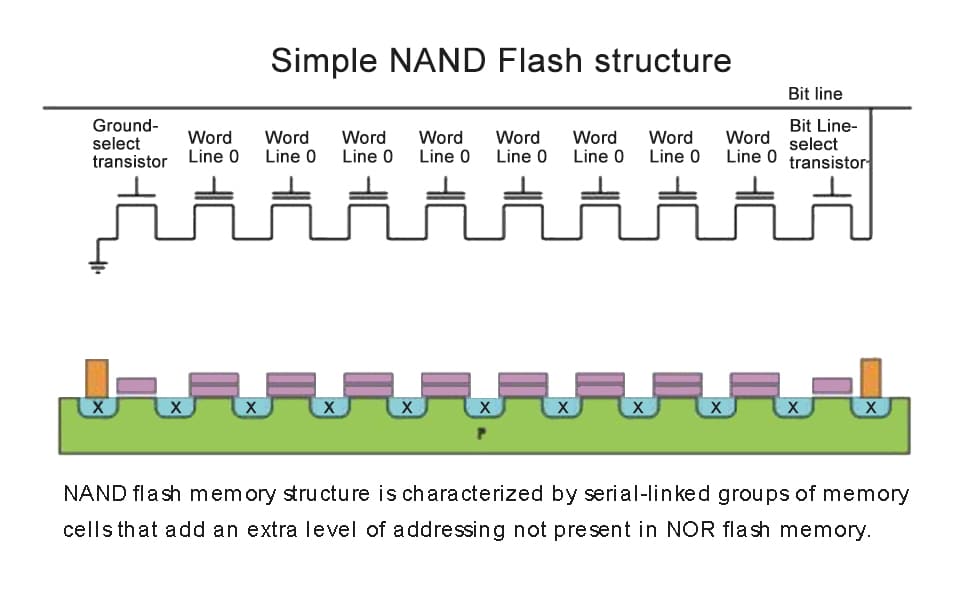
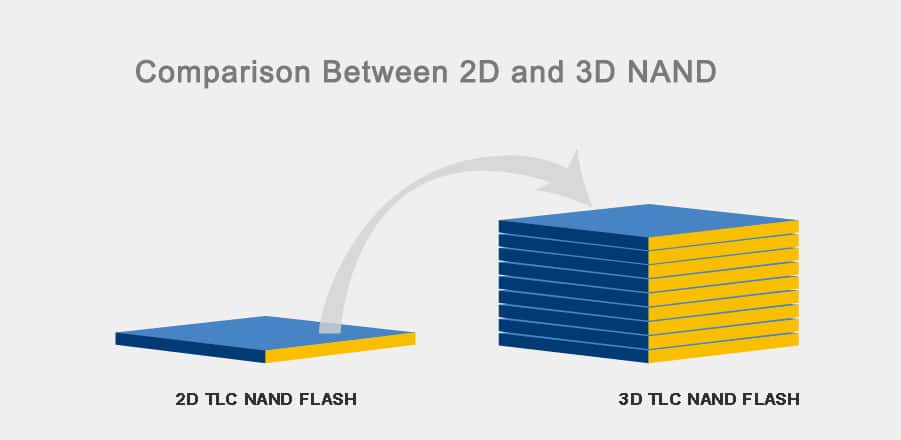
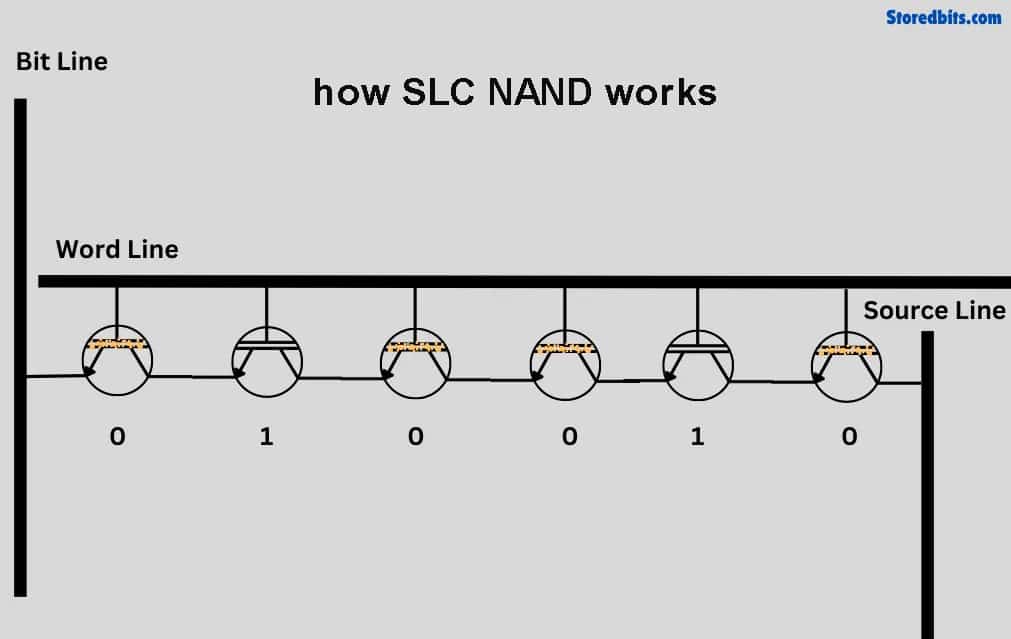
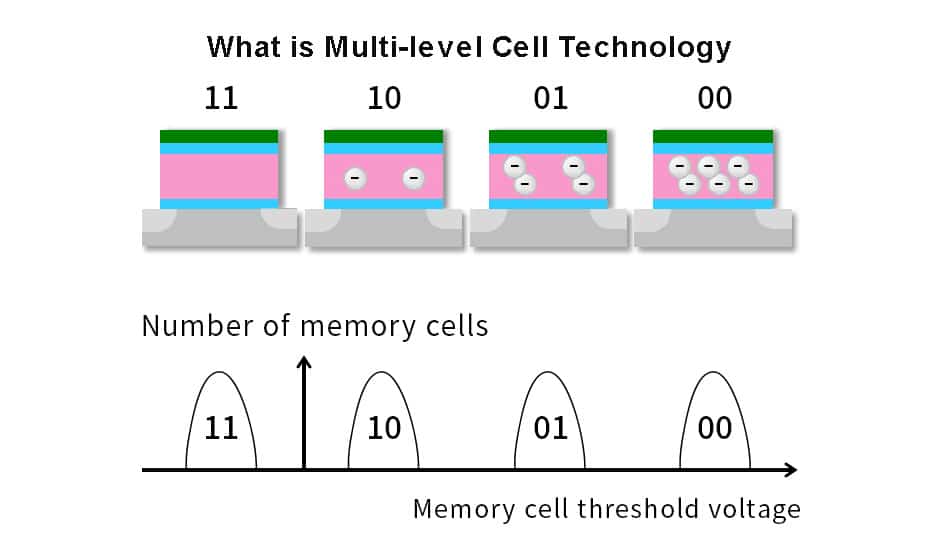
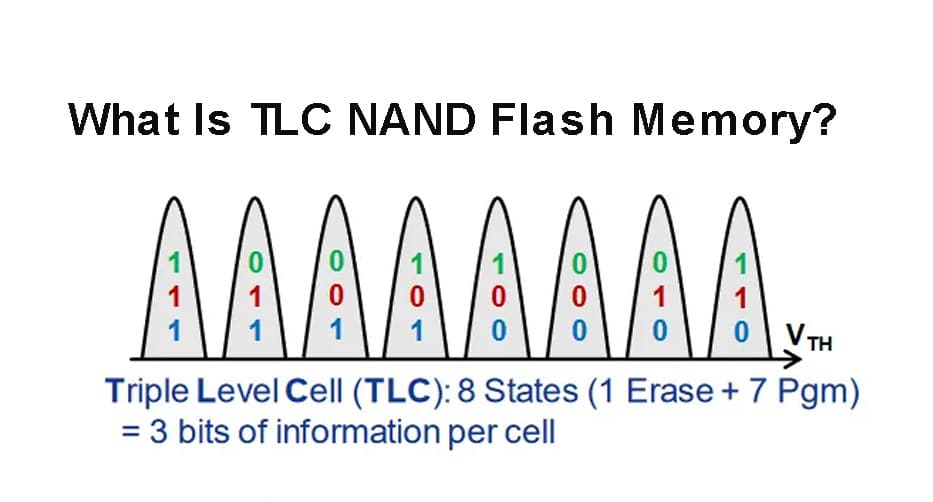
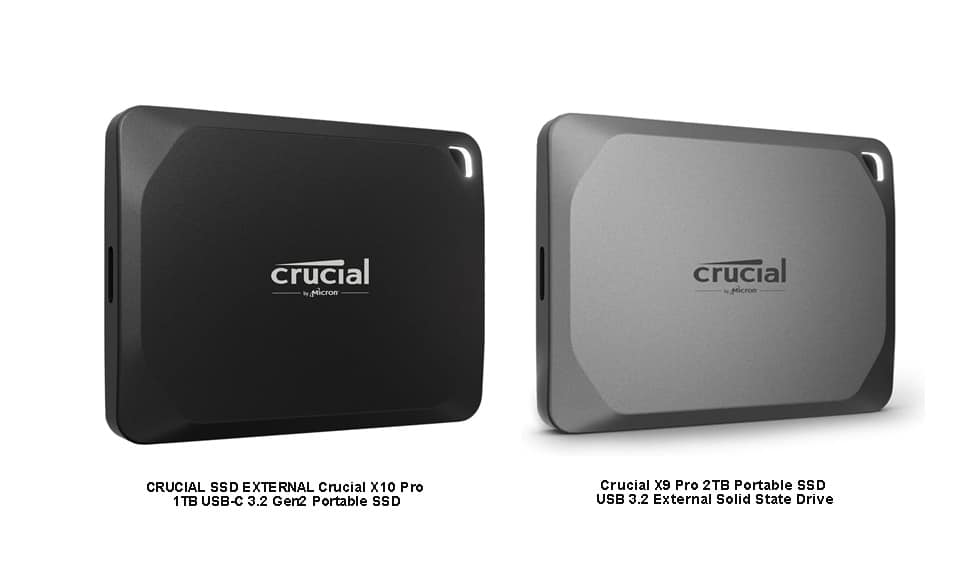
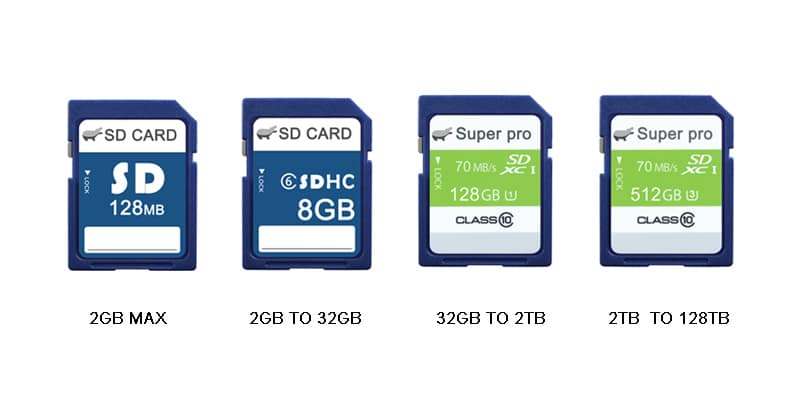
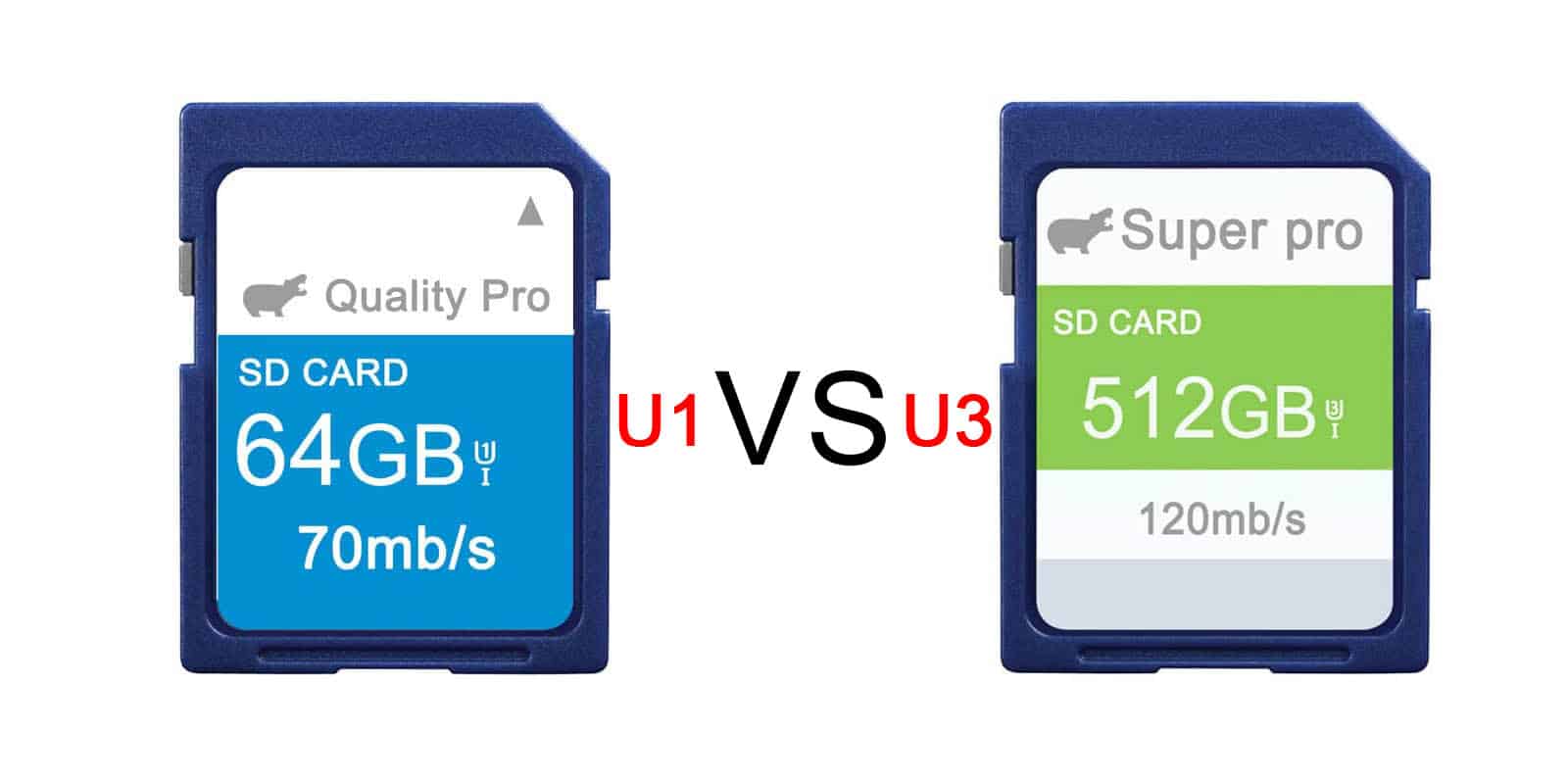

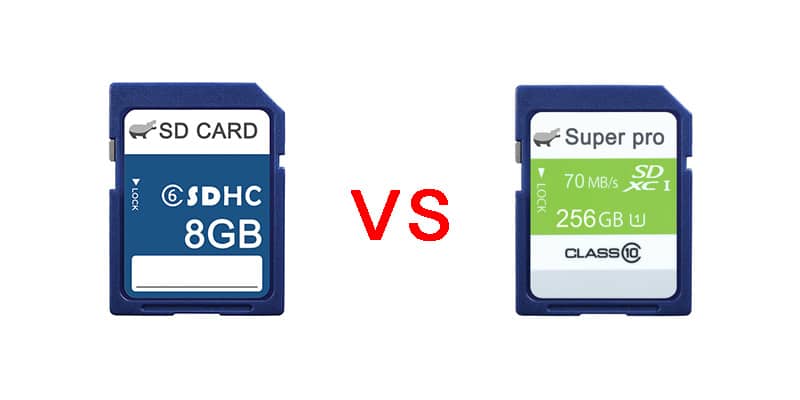
Leave a comment